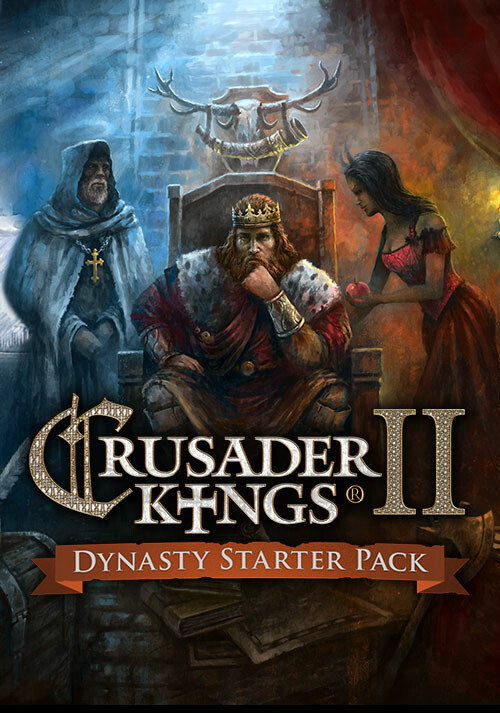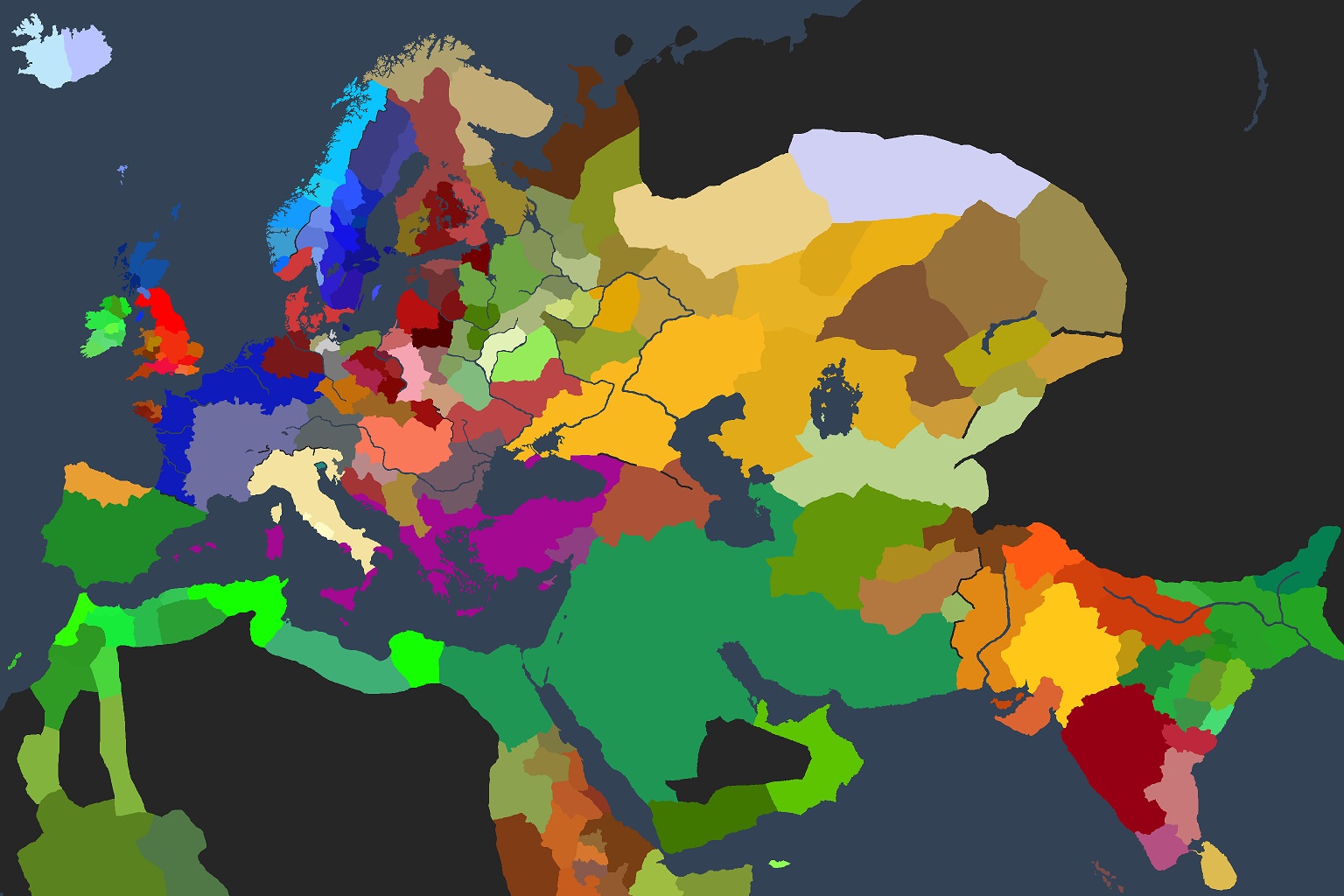


Galahad, Bors and Percival achieve the Grail. Thereafter, the Holy Grail became interwoven with the legend of the Holy Chalice, the Last Supper cup, a theme continued in works such as the Lancelot-Grail cycle and consequently Le Morte d'Arthur. In the late 12th century, Robert de Boron wrote in Joseph d'Arimathie that the Grail was Jesus's vessel from the Last Supper, which Joseph of Arimathea used to catch Christ's blood at the crucifixion. Chrétien's story attracted many continuators, translators and interpreters in the later 12th and early 13th centuries, including Wolfram von Eschenbach, who perceived the Grail as a stone. Ī "grail", wondrous but not explicitly holy, first appears in Perceval, le Conte du Graal, an unfinished romance written by Chrétien de Troyes around 1190. The term "holy grail" is often used to denote an elusive object or goal that is sought after for its great significance. Different traditions describe it as a cup, dish or stone with miraculous powers that provides eternal youth or sustenance in infinite abundance, often in the custody of the Fisher King. The Holy Grail ( French: Saint Graal, Breton: Graal Santel, Welsh: Greal Sanctaidd, Cornish: Gral) is a treasure that serves as an important motif in Arthurian literature. The Damsel of the Sanct Grael by Dante Gabriel Rossetti (1874)


 0 kommentar(er)
0 kommentar(er)
